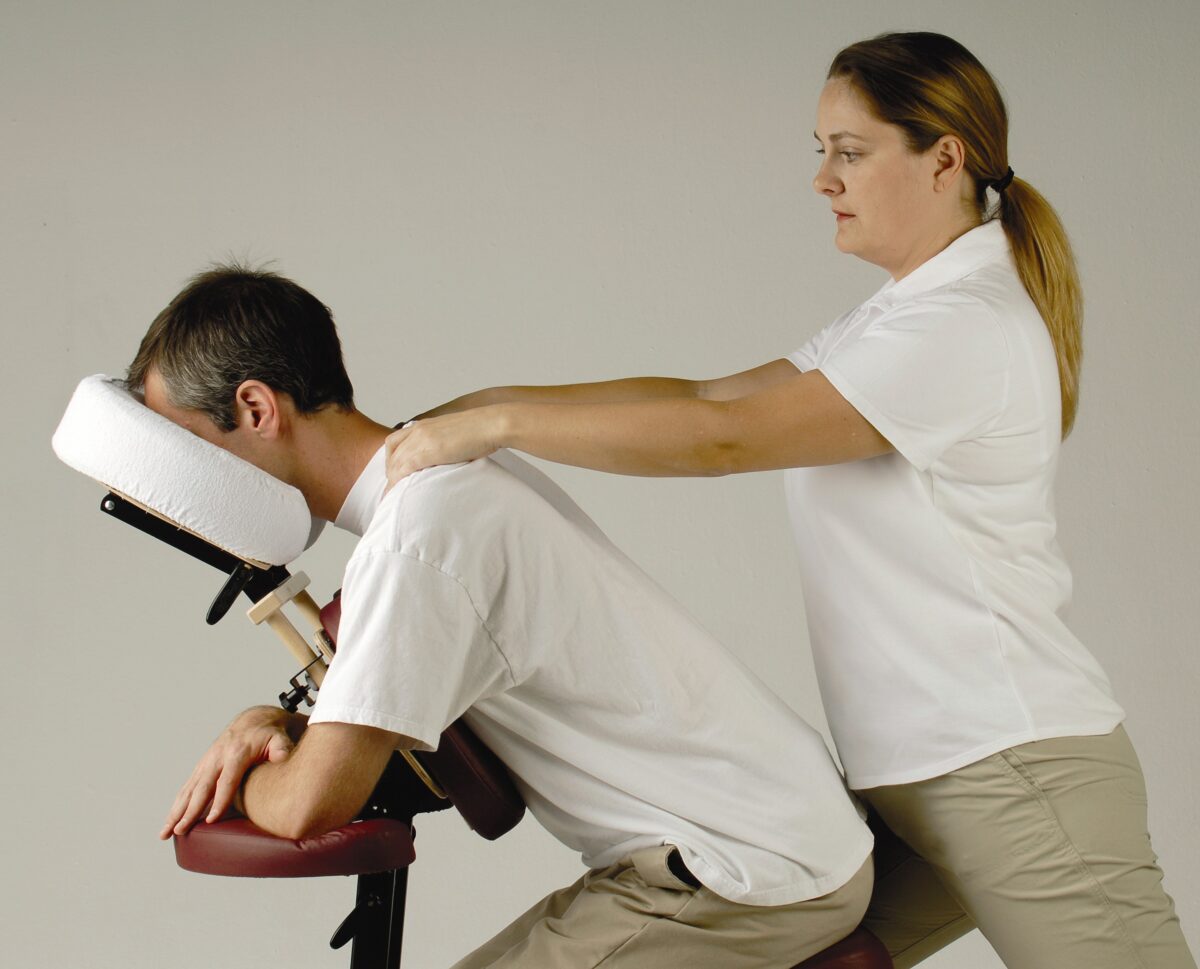Navigating the Path to Clear Vision: A Comprehensive Guide to Squint Eye Treatment

Introduction:
The human eye is a marvel of intricate design, allowing us to perceive the world in all its richness. However, vision is not always flawless, and conditions like strabismus, commonly known as a squint or crossed eyes, can affect individuals of all ages. In this comprehensive guide, we will delve into the various aspects of squint eye treatment, exploring the causes, symptoms, and effective interventions to align the eyes and improve visual acuity.
Understanding Strabismus (Squint):
The eyes misalign in strabismus, commonly known as a squint. When the eyes do not point in the same direction, consequently, it can lead to double vision, reduced depth perception, and an aesthetic concern. Strabismus can manifest in various forms, including esotropia (inward turning of the eyes), exotropia (outward turning of the eyes), hypertropia (upward turning of one eye), and hypotropia (downward turning of one eye).
Causes of Squint:
- Muscle Imbalance: The most common cause of squint is a muscle imbalance in the eyes. If the muscles that control eye movement are not working together, it can lead to misalignment.
- Refractive Errors: Uncorrected refractive errors, such as nearsightedness or farsightedness, can contribute to squinting as the eyes strain to focus on objects.
- Genetic Factors: Family history plays a significant role in the development of squint. If there is a history of strabismus in the family, there may be a higher likelihood of its occurrence in future generations.
- Neurological Conditions: Certain neurological conditions, such as cerebral palsy or Down syndrome, can affect the control of eye muscles, leading to squint.
- Eye Injuries or Diseases: Trauma or certain eye conditions, like cataracts or retinal problems, can impact eye alignment and contribute to the development of strabismus.
Symptoms of Squint:
Detecting a squint early is crucial for effective treatment. Common symptoms include:
- Misalignment of the Eyes: One eye may turn inward, outward, upward, or downward in relation to the other.
- Double Vision: Seeing two images instead of one, especially when looking at objects at a distance.
- Head Tilting or Turning: A person may tilt or turn their head to align the eyes and reduce double vision.
- Eye Strain: Struggling to focus on objects, leading to eye strain and discomfort.
- Reduced Depth Perception: Difficulty judging distances accurately, impacting activities like sports or driving.
Squint Eye Treatment Options:
- Corrective Lenses: Eye care professionals may prescribe prescription glasses or contact lenses to correct refractive errors, reducing strain on the eye muscles and aiding in aligning the eyes.
- Vision Therapy: Vision therapy involves a series of exercises and activities designed to improve eye coordination, focus, and movement. Healthcare professionals often recommend it for individuals with a squint, particularly children.
- Patching Therapy: Covering the stronger eye with a patch is a common approach to force the brain to rely on the weaker eye. Practitioners frequently employ this method to strengthen the muscles in the weaker eye.
- Eye Muscle Surgery: If non-surgical methods prove insufficient, eye care professionals may recommend eye muscle surgery to adjust the length or position of the eye muscles, aligning the eyes more effectively.
- Botox Injections: In certain cases, especially in adults, Botox injections may be used to temporarily weaken or paralyze specific eye muscles, allowing for better alignment.
- Prism Glasses: Prism glasses can be prescribed to optically align the eyes and reduce double vision. They work by changing the way light enters the eyes, helping to create a single, fused image.
- Combination Therapies: Depending on the severity and specific characteristics of the squint, a combination of treatments may be recommended for optimal results.
Considerations for Children:
Early detection and treatment of squint in children are crucial for optimal outcomes. If a squint is suspected in a child, it is essential to consult with an eye care professional promptly. Children’s visual systems are more adaptable, making treatment more effective when initiated at a young age.
Conclusion:
Squint, or strabismus, is a condition that can impact both children and adults. It affects not only vision but also overall well-being. The key to successful treatment lies in early detection and a comprehensive approach tailored to the individual’s needs. From corrective lenses and vision therapy to surgical interventions, the options for squint eye treatment are diverse and evolving. If you or your child is experiencing symptoms of squint, it is essential to seek professional guidance to determine the most suitable course of action. By navigating the path to clear vision with timely and appropriate treatment, individuals with squint can enjoy improved eye alignment and a better quality of life.
Read More :- Unlocking Clarity: A Comprehensive Guide to Lazy Eye Treatment










